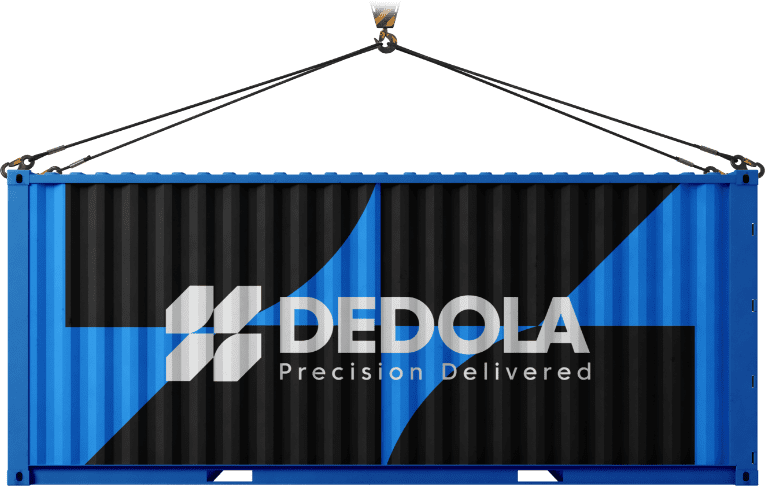Escalation in U.S.–China trade risks, and steps to brace your supply chain
This week, the Trump administration announced it will impose a 100 percent tariff on Chinese imports starting November 1, on top of existing duties. In parallel, the administration plans to impose export controls on critical software. At the same time, the White House indicated there’s no plan to meet with China’s leadership imminently, signaling further strain in diplomacy.
What This Means for Importers
- Tariff risk is widening. Expect that product categories currently viewed as “safe” (especially tech-adjacent goods or software-embedded items) may come under scrutiny.
- Cost models must now include “shock scenarios.” Even if full enforcement waits, pricing assumptions must allow for sudden, steep duty jumps.
- Mitigation levers deserve renewed focus: exclusion requests, bonded warehousing, alternative sourcing routes, or just-in-time ordering windows.
- Stay alert for shifts. The administration may adjust timing or details depending on China’s moves.
Bottom Line
We are entering a more volatile trade phase. The move to 100 percent tariffs and software export controls raises the stakes for U.S. importers. It’s not the time to sit still — it’s time to stress-test, position, and stay agile.

About the Author
Stephen Dedola carries forward the Dedola family’s commitment to innovation in logistics. He develops new ways to help importers manage costs and improve supply chain reliability, while keeping client service at the center of everything he does.





